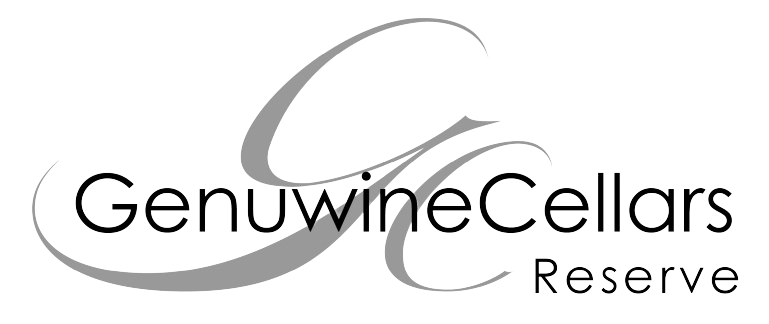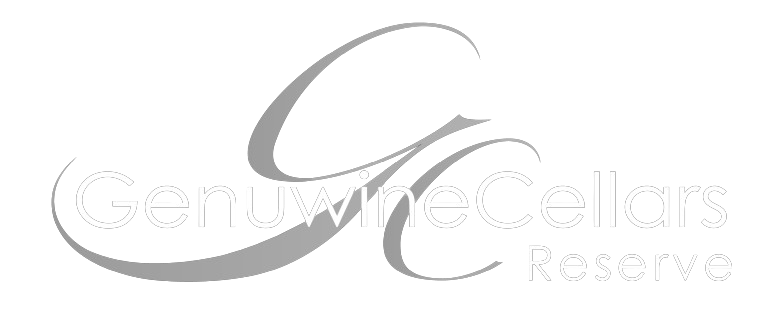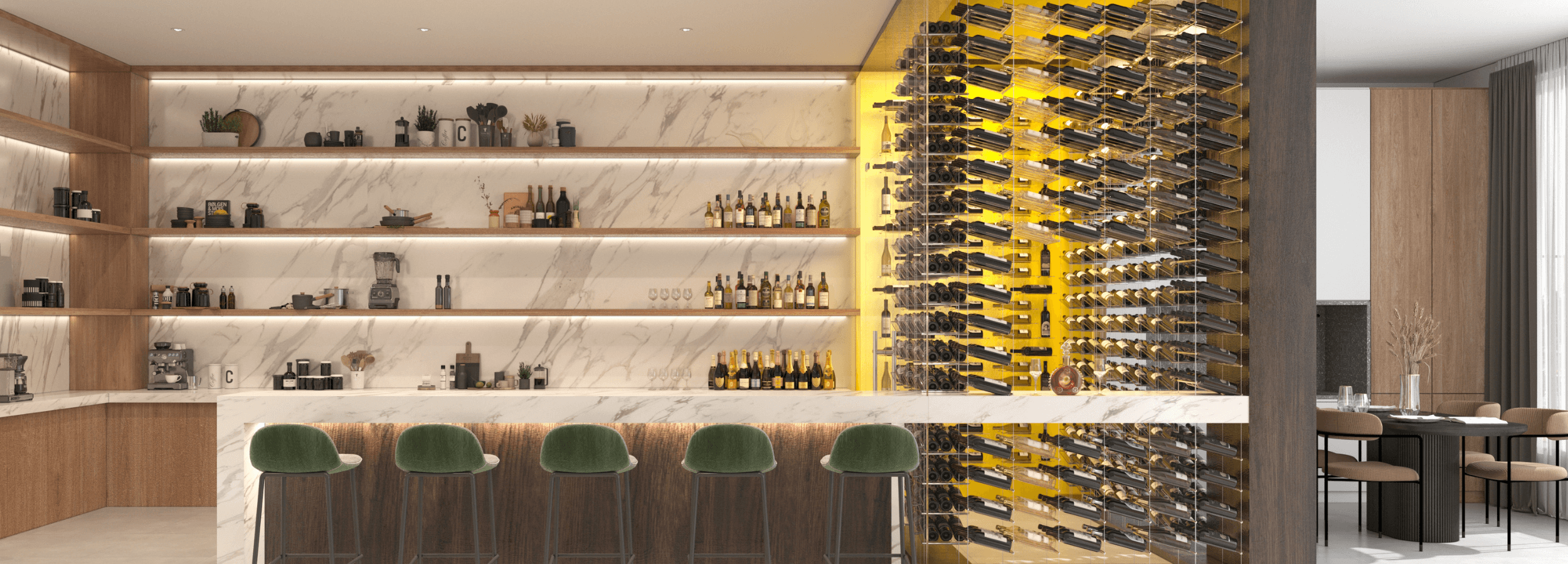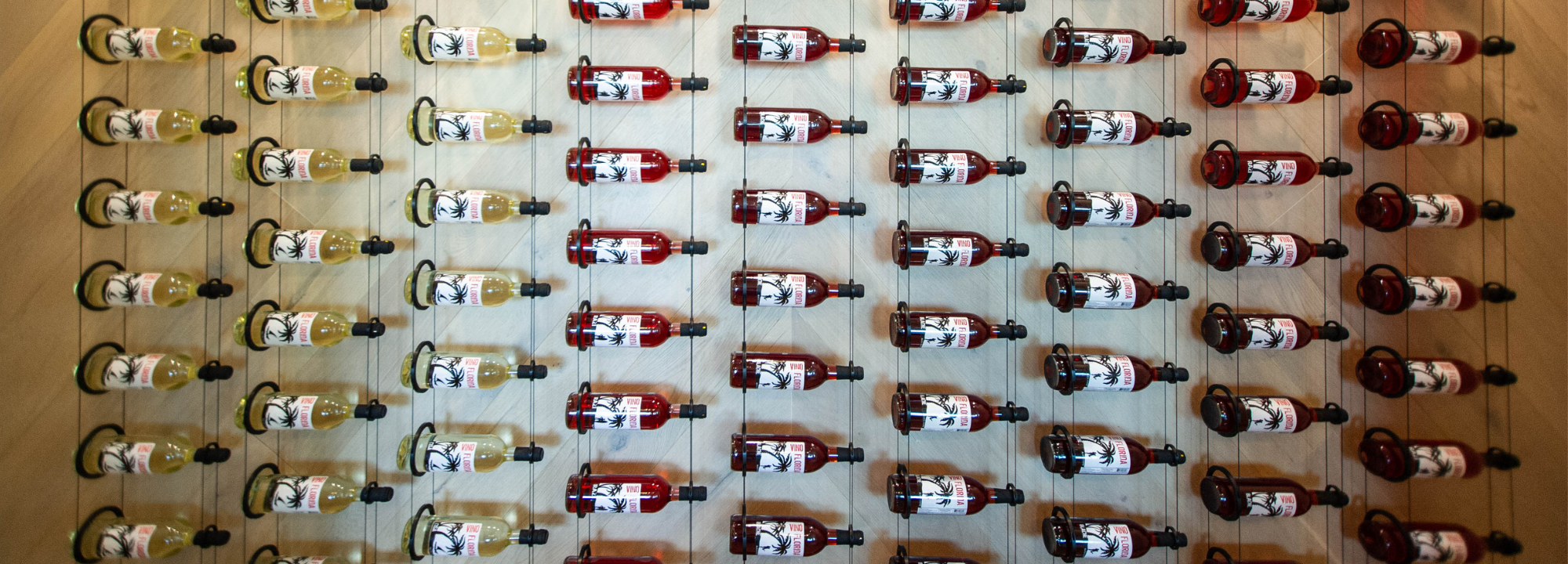
How to Read Wine Labels
Choosing a bottle of wine can sometimes feel like deciphering an ancient scroll. The intricate labels on wine bottles hold a wealth of information — if you know how to read them. Understanding wine labels is not just about making an informed choice, but also about appreciating the rich story each bottle has to tell. In this beginner's guide, we will uncork the secrets behind wine labels, helping you navigate your way through the lingo and symbols to make your next wine selection a breeze.
Understanding the Basics of Wine Labels

The Brand or Producer
The brand is often the most prominent element on a label, and for a good reason. It represents the winery's reputation and heritage.
The Type of Wine
Whether it is a bold Cabernet Sauvignon or a crisp Pinot Grigio, the type of wine is your first clue about the taste adventure you are about to embark on. This section of the label reveals the grape variety used, offering insight into the flavor, aroma, and texture of the wine.
The Country or Region
'Terroir' is not just a fancy term; it is the environment in which the grapes grow, including the soil, climate, and topography. This section of the label gives you a glimpse into the geographic origin of the wine, which significantly influences its character and flavor profile.
The Grape Variety
The grape variety is the heart and soul of the wine, painting a vivid picture of the wine's character, flavor, and aroma. Each grape variety has its unique profile, influenced by the terroir where it is grown. For instance, a Cabernet Sauvignon typically offers rich, bold flavors with high tannins, while a Pinot Noir might be more delicate and aromatic. Some wines are made from a single grape variety, known as varietal wines, while others are a blend, combining the strengths of different grapes to create a harmonious balance.
Understanding Sweetness in Wine
The sweetness level in wine ranges from bone-dry to intensely sweet. Contrary to common belief, sweetness is not determined by the type of grape but by the winemaking process. During fermentation, yeast converts grape sugars into alcohol, and the winemaker can influence sweetness by controlling this process. The residual sugar left after fermentation determines the wine's sweetness. Wine labels might use terms like dry, off-dry, semi-sweet, or sweet. Understanding these terms can guide you to a wine that matches your taste preference, whether you're looking for a dry wine with subtle fruitiness or a dessert wine with rich sweetness.
The Vintage
The year displayed on the bottle, known as the vintage, tells you when the grapes were harvested. Weather conditions vary each year, impacting grape quality and, consequently, the taste of the wine. Some years yield exceptional vintages, making those bottles highly sought after.
The Alcohol Content
The alcohol by volume (ABV) can tell you more than just how strong the wine is. Wines with higher alcohol content tend to have a bolder, richer body, while those with lower alcohol are generally lighter and fresher.
Specification of the Different Regions' Terms
The wine world is a tapestry of regions, each with its own language of terroir and tradition. Let's discuss some of the most common specifications.
French Labelling Terms
French wine labels are steeped in tradition, often emphasizing the wine's region over the grape variety. Terms like 'Appellation d'Origine Contrôlée (AOC)' ensure quality and authenticity, certifying that the wine meets strict regional production standards. 'Mis en bouteille au château/domaine' indicates that the wine was bottled at the winery where it was produced, a mark of estate pride and quality control
Italy Wines
Italian wine labels emphasize both region and quality. The Denominazione di Origine Controllata (DOC) mirrors France's AOC, dictating strict production area, grape varieties, and winemaking rules. The Denominazione di Origine Controllata e Garantita (DOCG) is a step above, with tighter controls and a guarantee of quality, often including a taste test by government-licensed personnel. 'Indicazione Geografica Tipica (IGT)' is similar to France's 'Vin de Pays,' offering more flexibility in winemaking methods and grape selection.
North America Labeling Specification
In the United States, the American Viticultural Area (AVA) system identifies specific winegrowing regions with distinct geographic features. While not as strict as European systems, AVAs help consumers identify the origin of the wine. In Canada, the Vintners Quality Alliance (VQA) ensures that wines are produced in specific regions and adhere to high-quality winemaking standards. Labels often emphasize the grape variety, reflecting the New World style of winemaking focused on the type of grape as much as the place of origin.
Germany's Labeling Terms
Germany's wine labeling system reflects its dedication to precision and quality. Key terms include "Qualitätswein" and "Prädikatswein," signifying regulated quality wines. "Prädikatswein" is further classified into levels like "Kabinett," "Spätlese," and "Auslese," indicating the ripeness of the grapes and, consequently, the sweetness and body of the wine. Regions like "Mosel" and "Rheingau" carry their own prestige, suggesting unique characteristics influenced by local terroir.
Technical Terms on Wine Labels
Wine labels can feature technical terms that provide valuable insights into the wine's production and character. Terms like "Barrel-aged" indicate a wine's richness and complexity, while "Estate Bottled" denotes control over every production step, often signifying quality. "Lees" refers to sediment contributing to flavor depth, and "Malolactic Fermentation" is a process giving wines a smoother texture.
Reading wine labels is an art that reveals the soul of the wine. It is a dialogue between the winemaker and the wine enthusiast — a story waiting to be discovered in each bottle.



